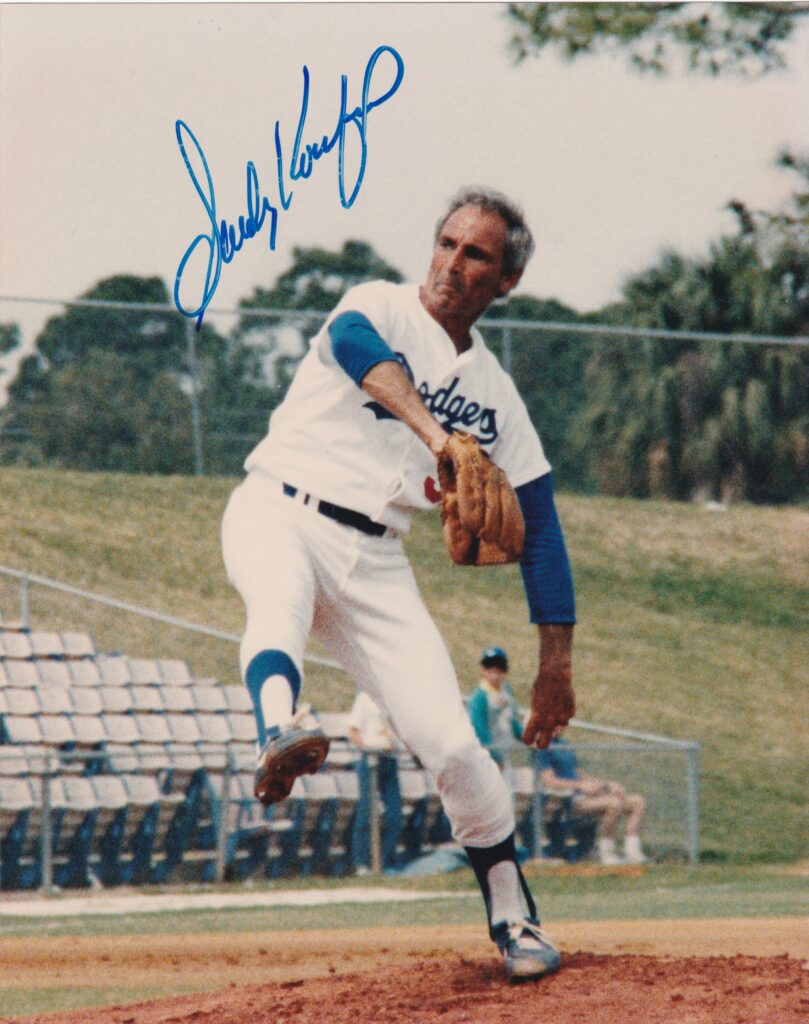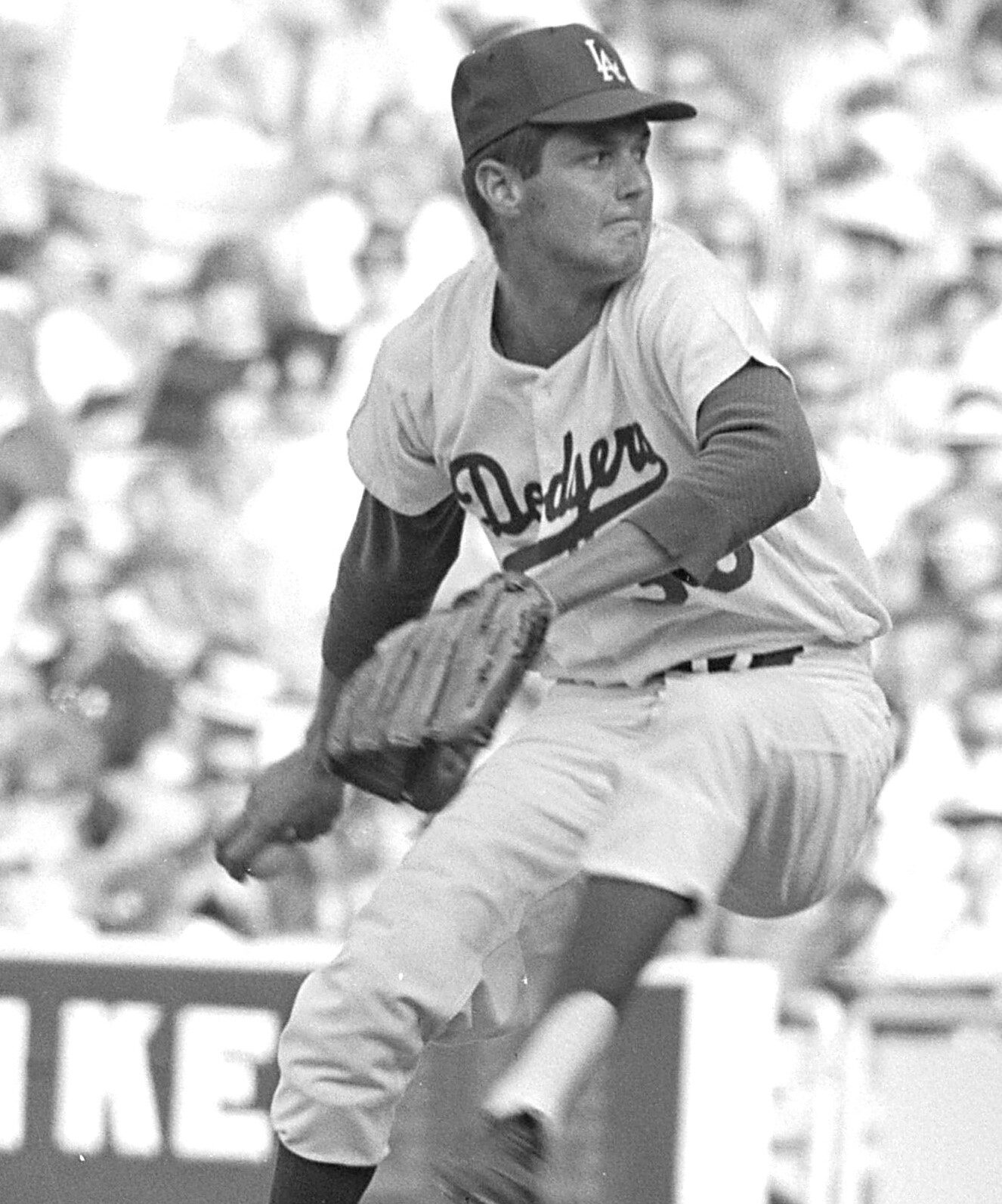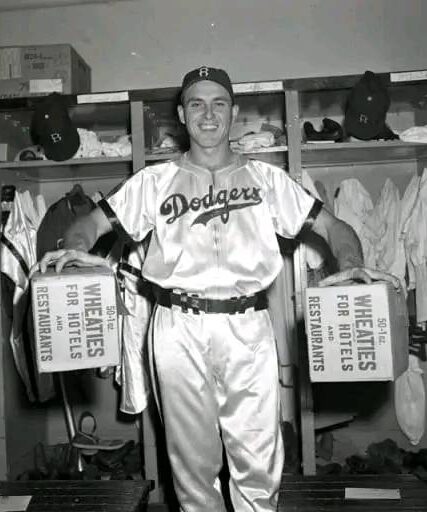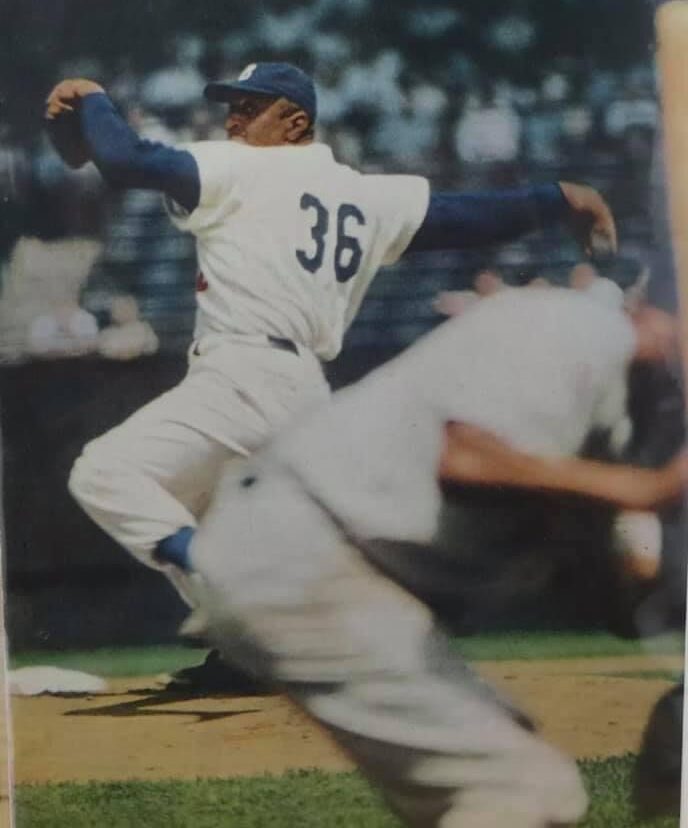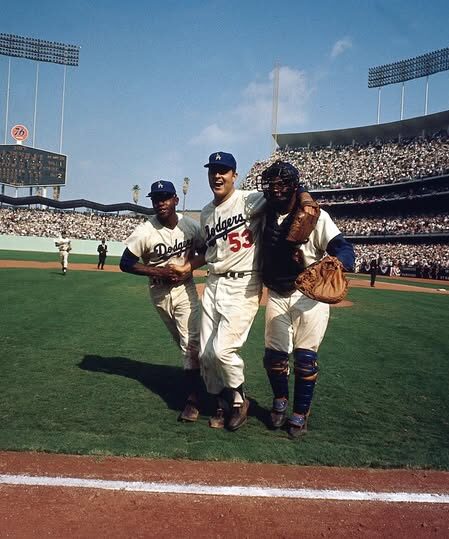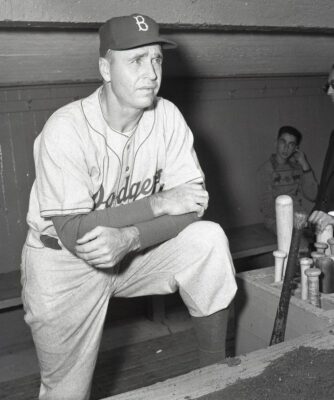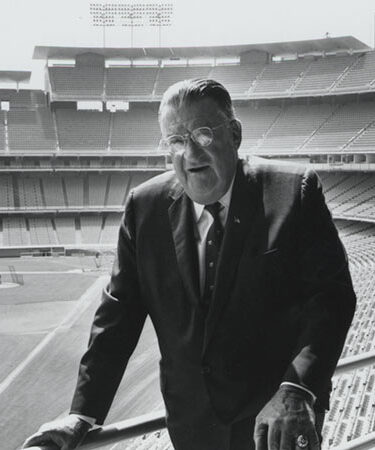Sandy Koufax
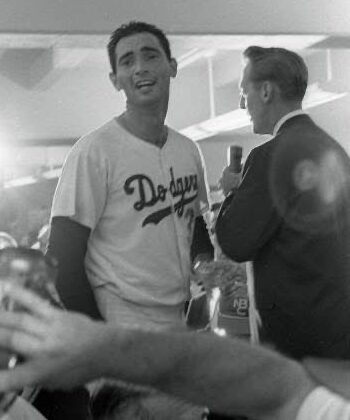
| Birthdate | 12/30/1935 |
| Death Date | |
| Debut Year | 1955 |
| Year of Induction | 1972 |
| Teams | Dodgers |
| Position | Pitcher |
Over his final five campaigns from 1962-1966, Sandy Koufax won 111 games while leading the National League in earned run average each season.
Leave a commentIn the collection:
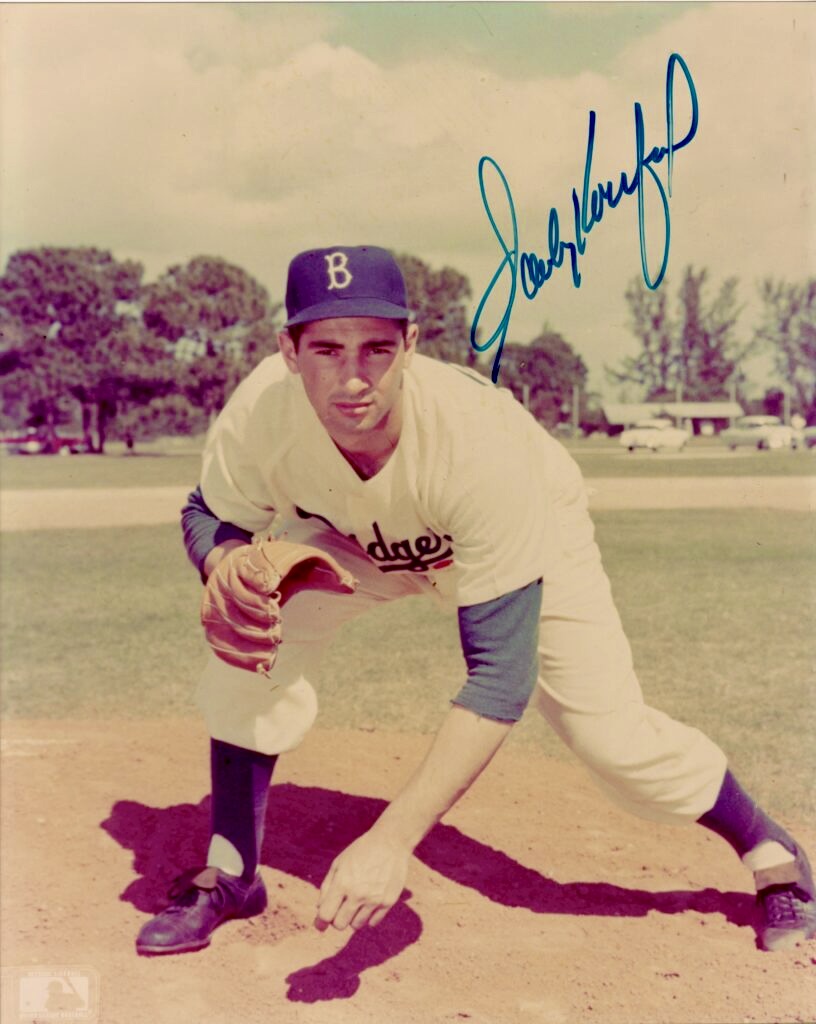
The Dodgers made the 19-year-old a Bonus Baby in 1954 when they gave him a $14,000 signing bonus
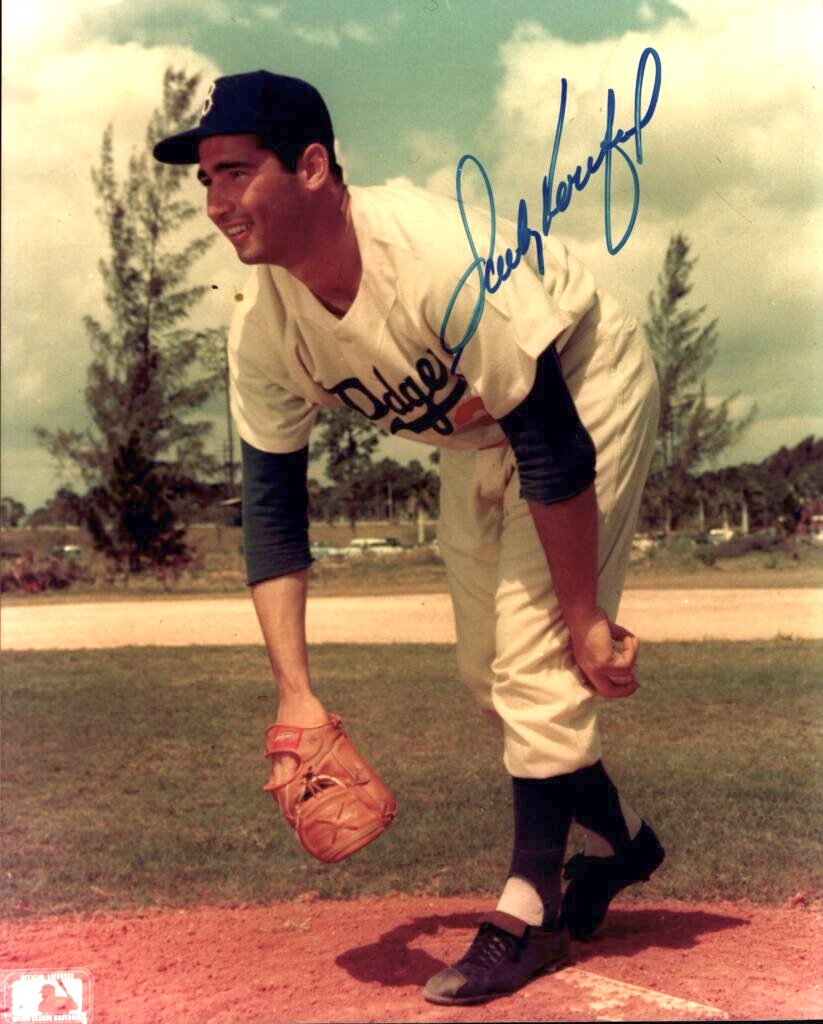
Sandy's first six seasons - three in Brooklyn and three in Los Angeles - were lackluster
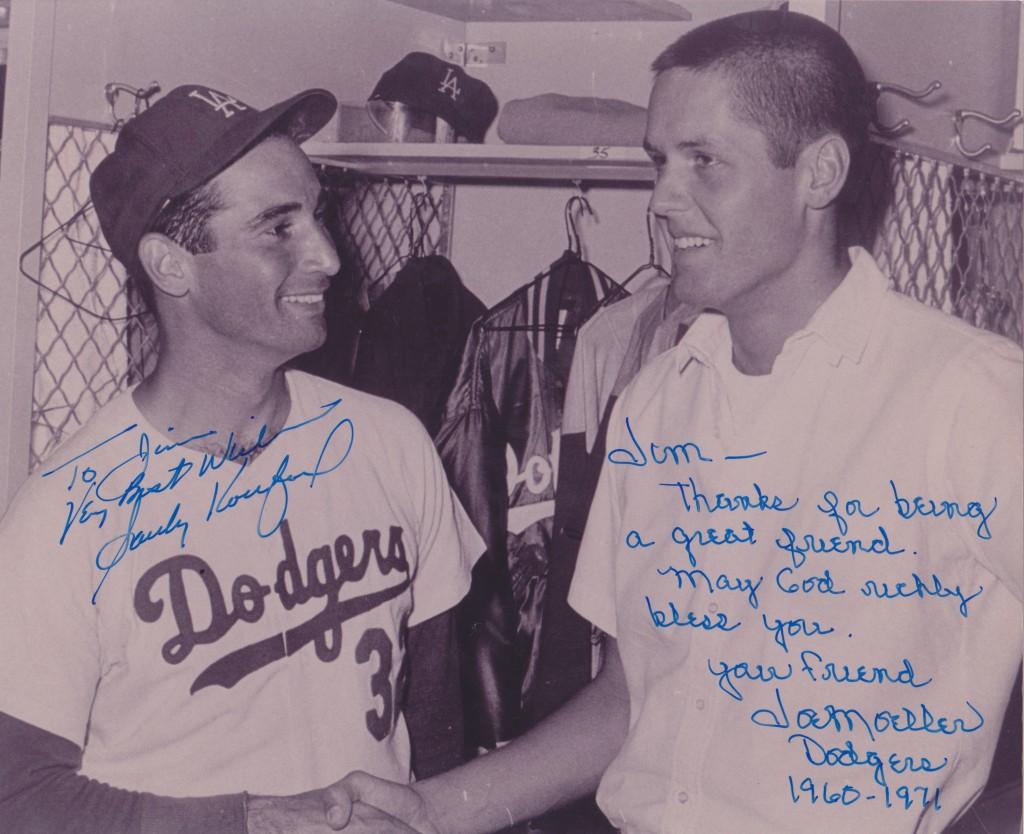
From 1962-1966 Koufax had 111 wins and 5 saves while completing 100 of his 176 starts
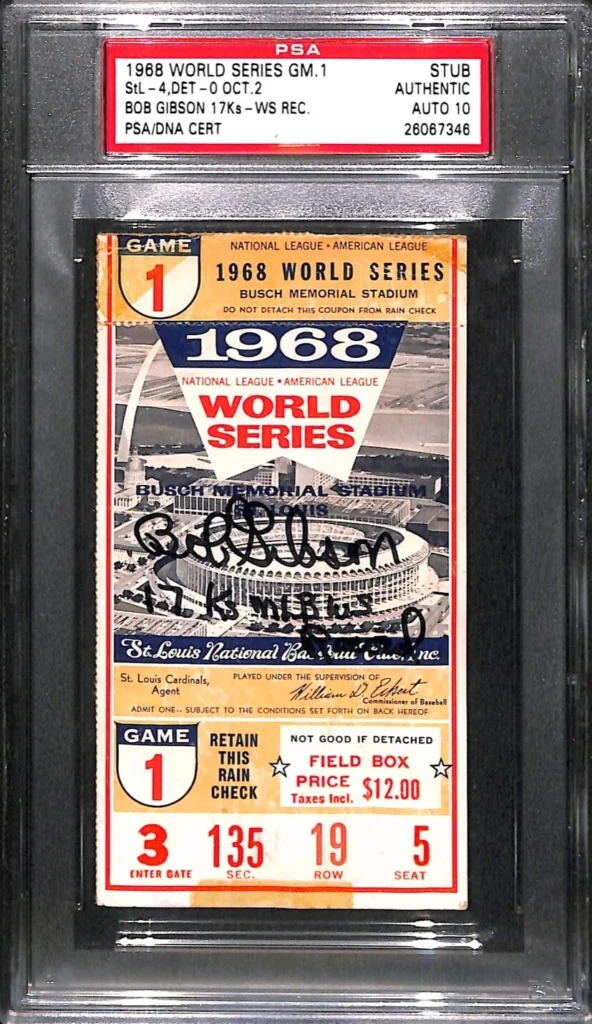
Sandy's 15-strikeout performance in Game 1 of the 1963 World Series broke Carl Erskine's record
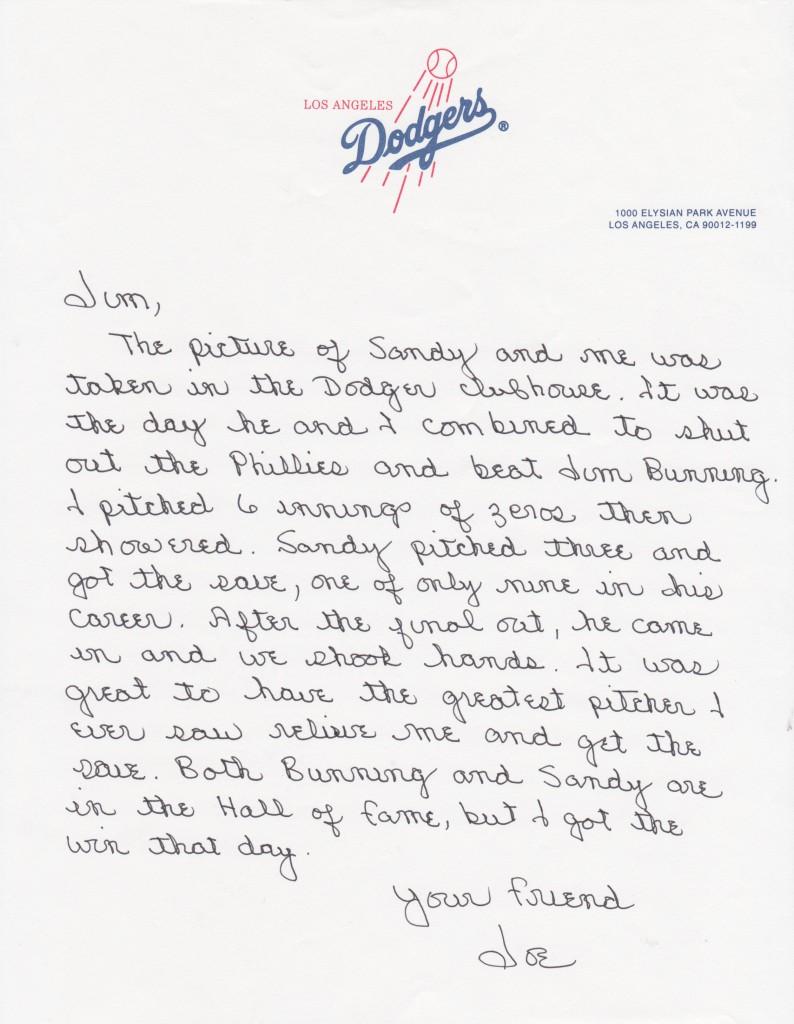
Joe Moeller recalls thrill having "the greatest pitcher I ever saw" earn the save in a Moeller victory
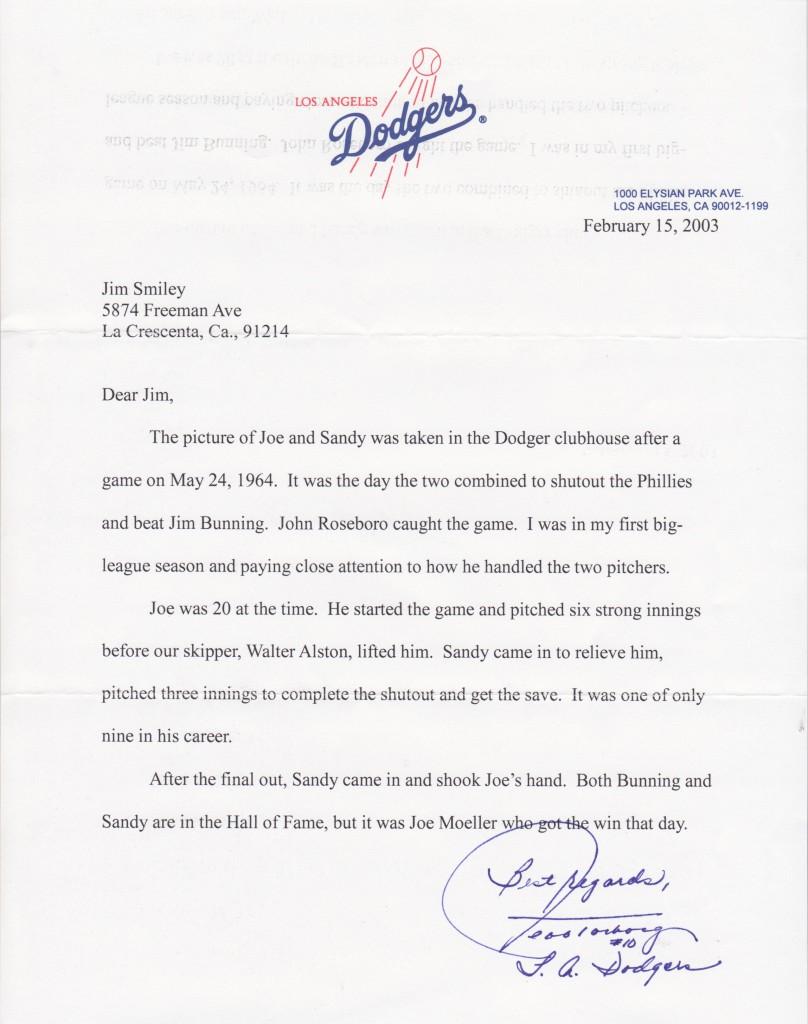
Moeller's road roommate and catcher Jeff Torborg recalls the shutout
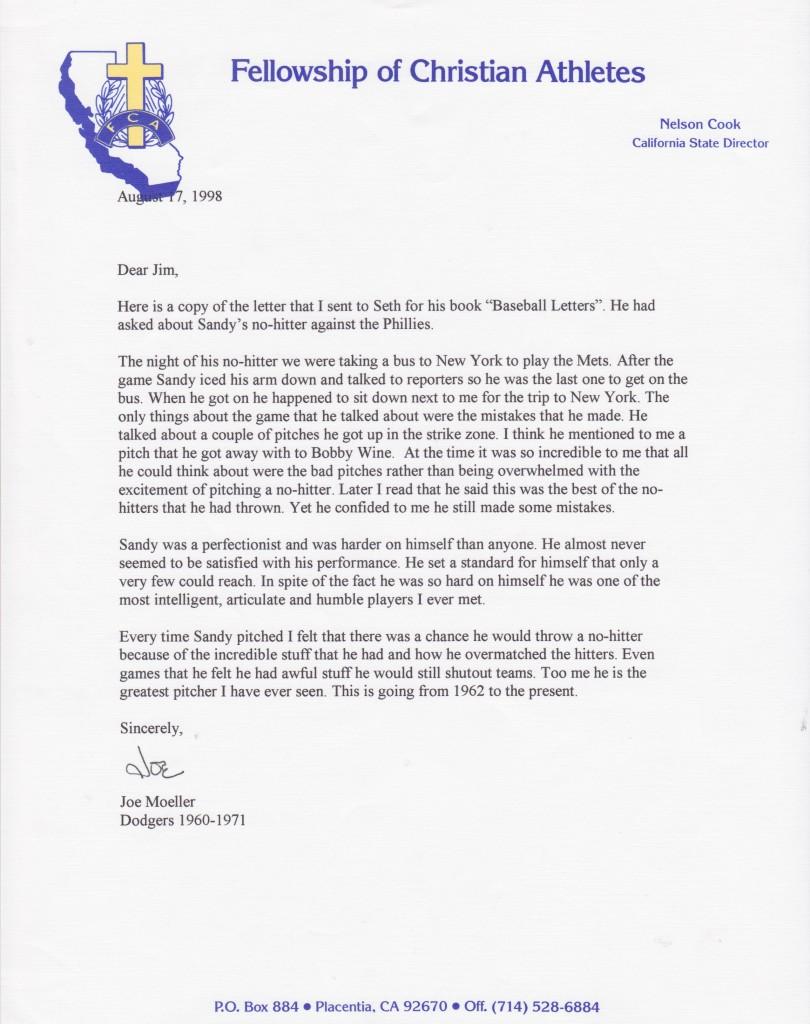
Teammate Joe Moeller vividly details Koufax's 1964 no-hitter against the Phillies
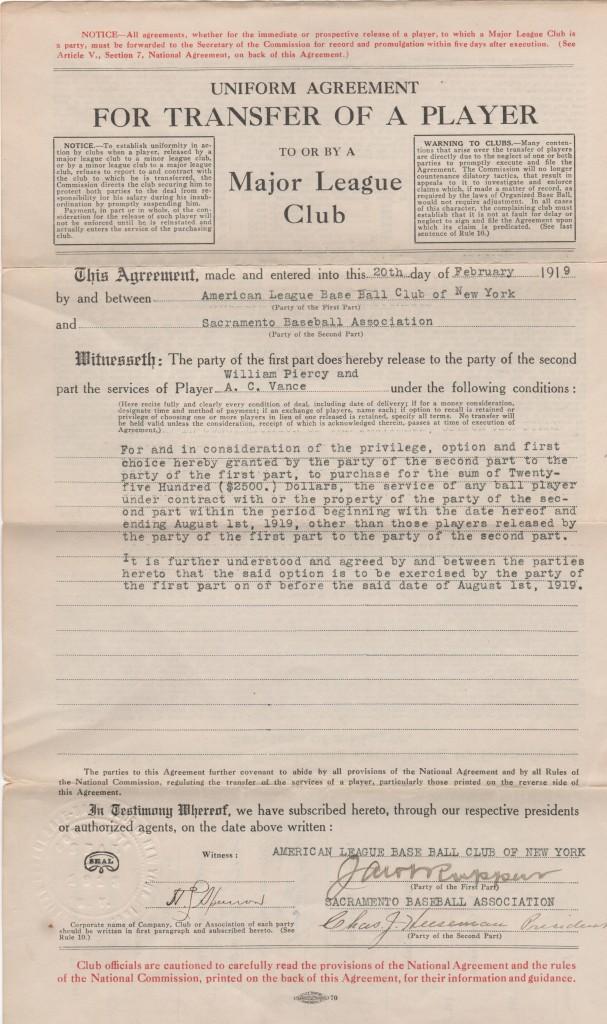
Koufax became the Dodger franchise leader in strikeouts in 1965
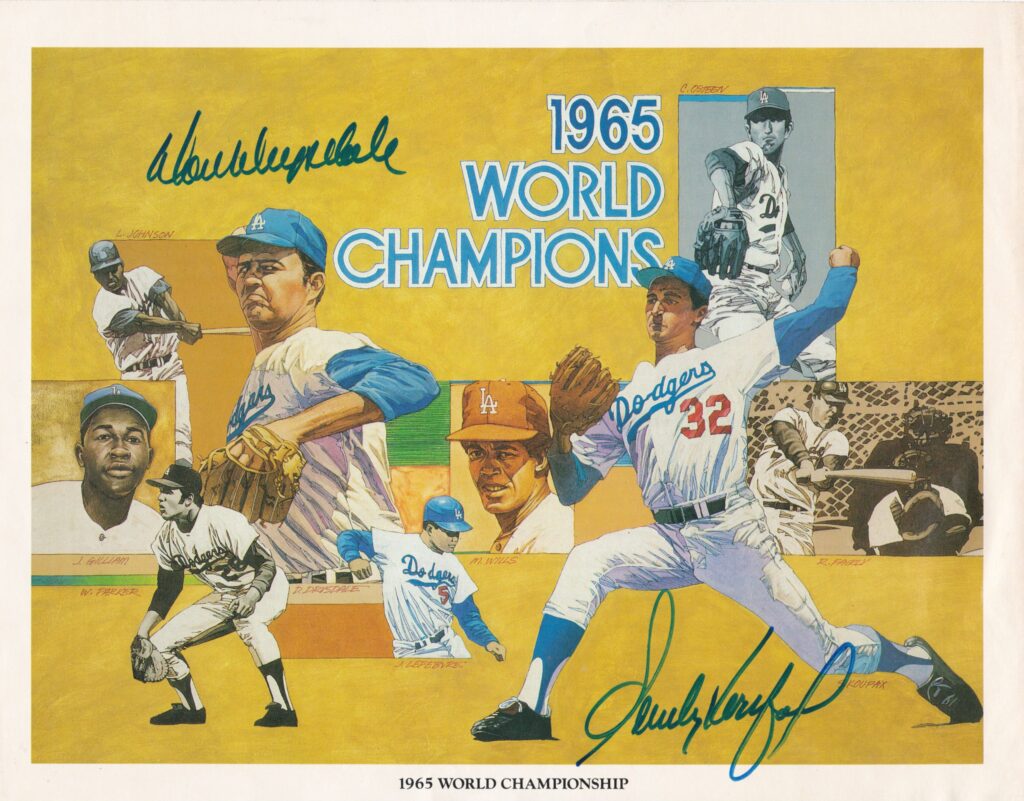
The pitching of Koufax and Drysdale led the way to the 1965 World Series title
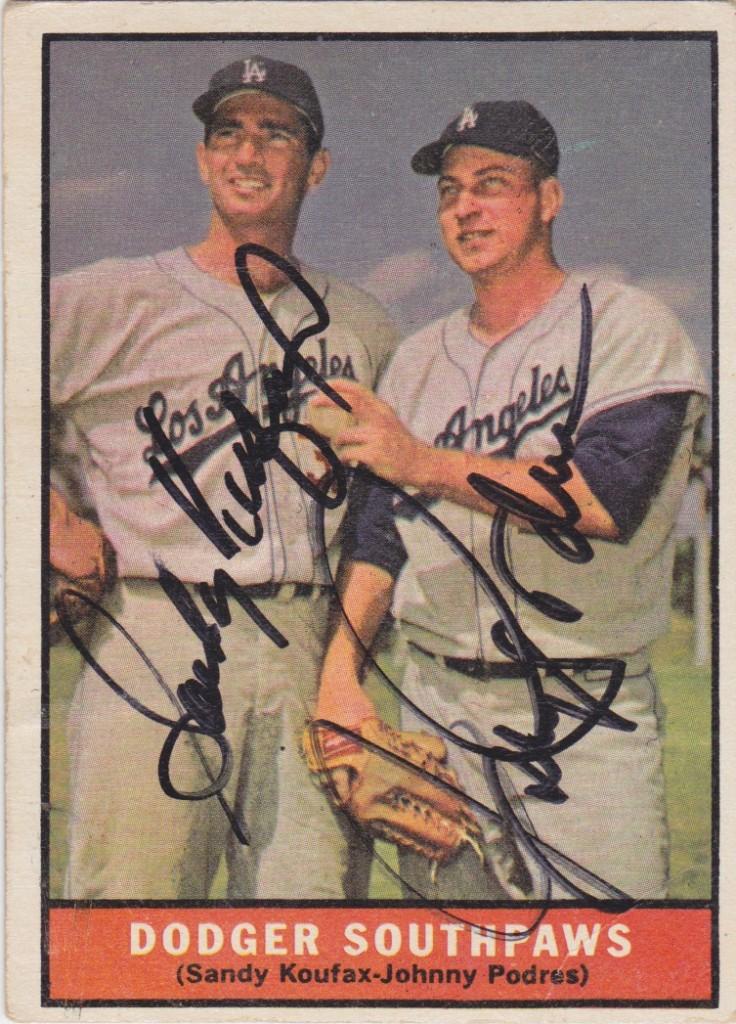
The only two-time World Series Most Valuable Player for the Dodgers is Sandy Koufax
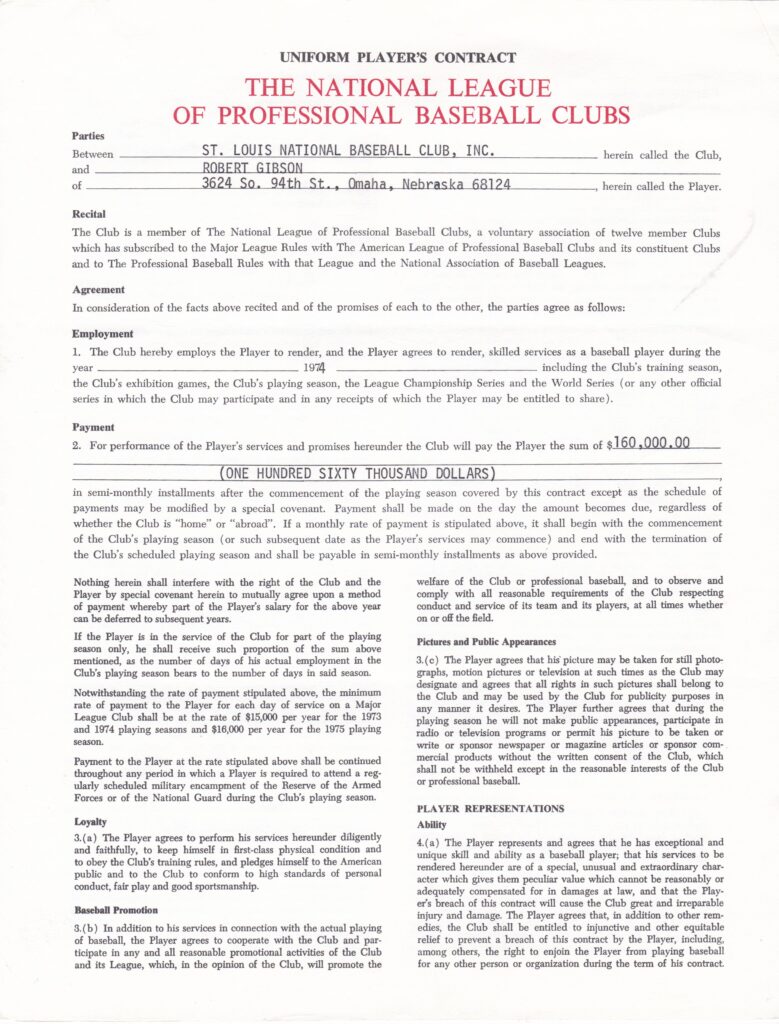
Bob Gibson and Sandy Koufax are the only pitchers to earn two World Series MVP awards
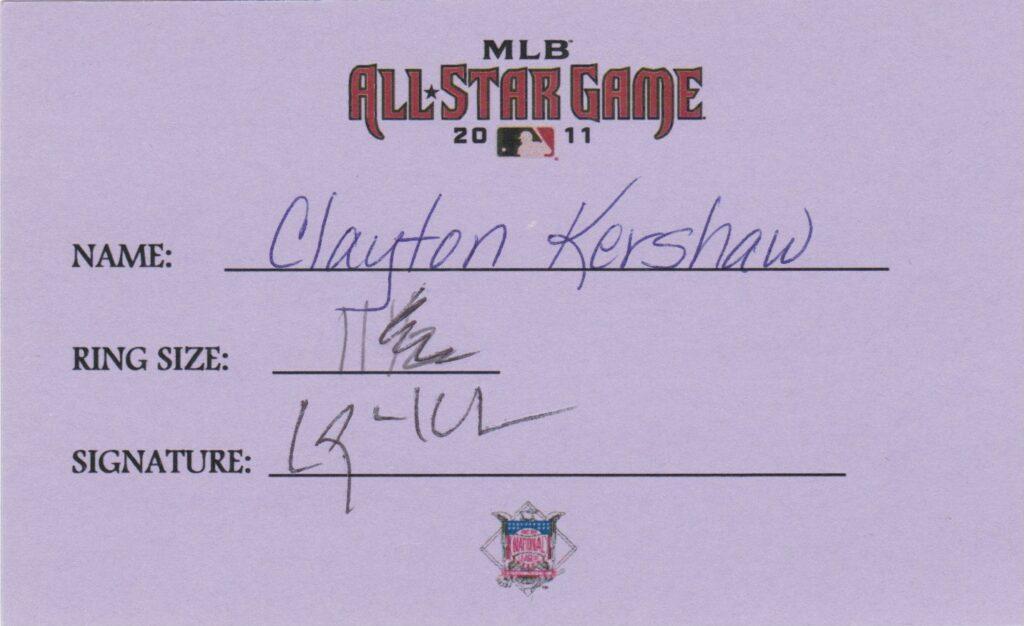
Sandy Koufax was the first to earn three Cy Young Awards; 10 have done it since
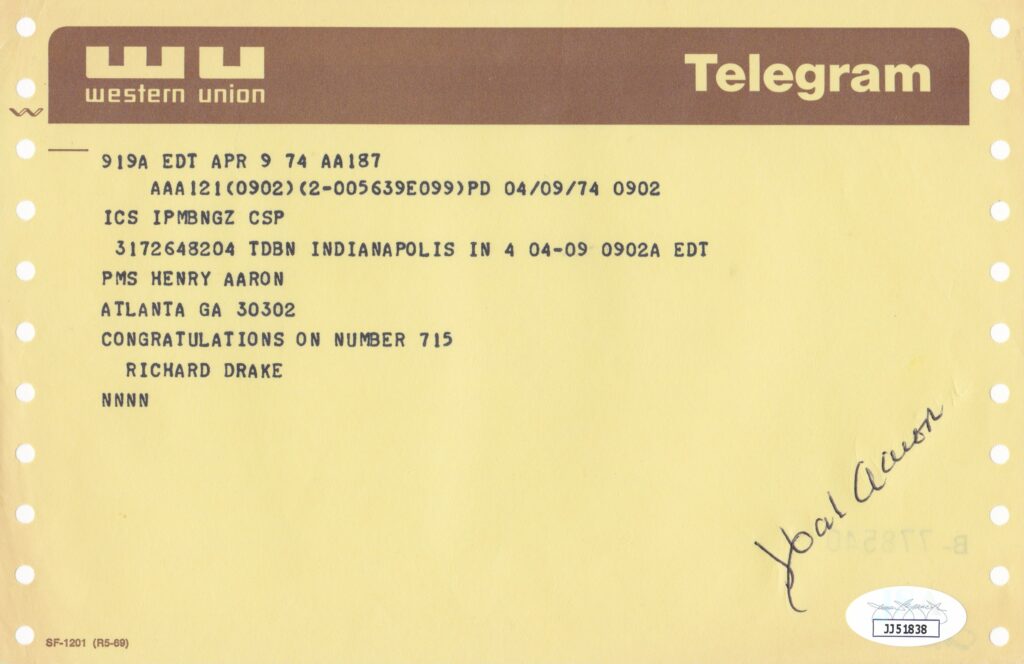
Henry Aaron's slashline against Koufax was .362/.431/.647 in 130 career plate appearances
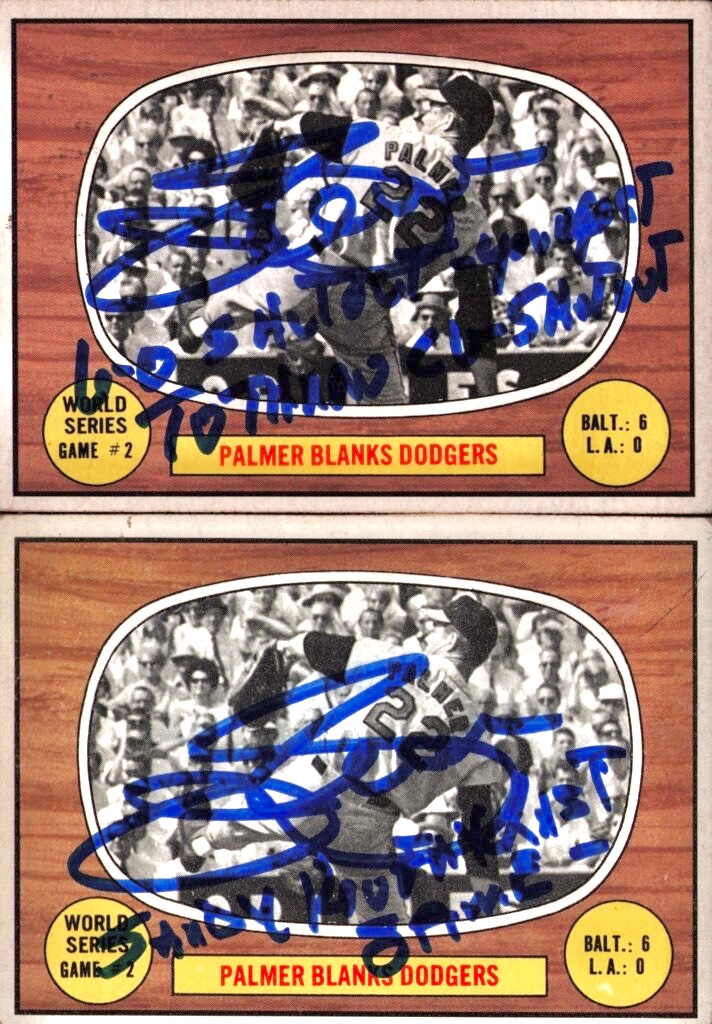
Jim Palmer pitched a complete-game shutout against Sandy in Koufax's final career outing
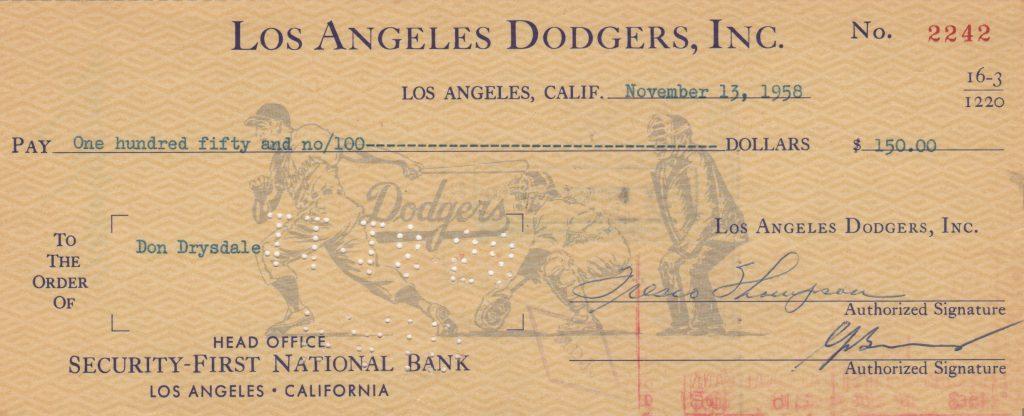
Don Drysdale supplanted Koufax as the Dodger franchise strikeout leader after Sandy retired
